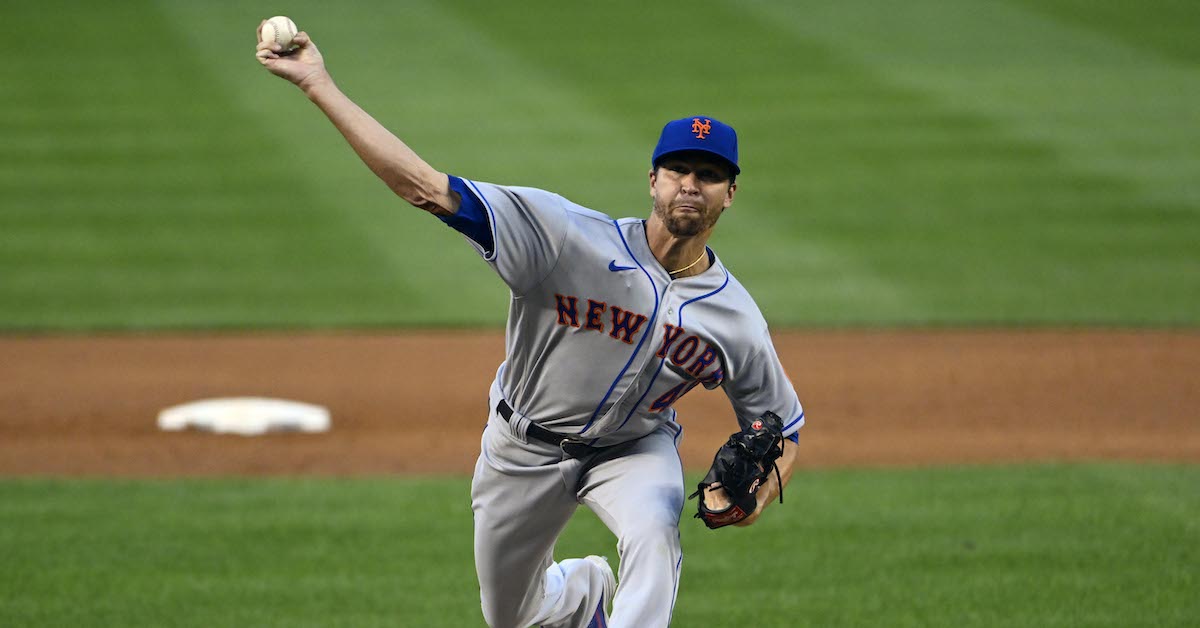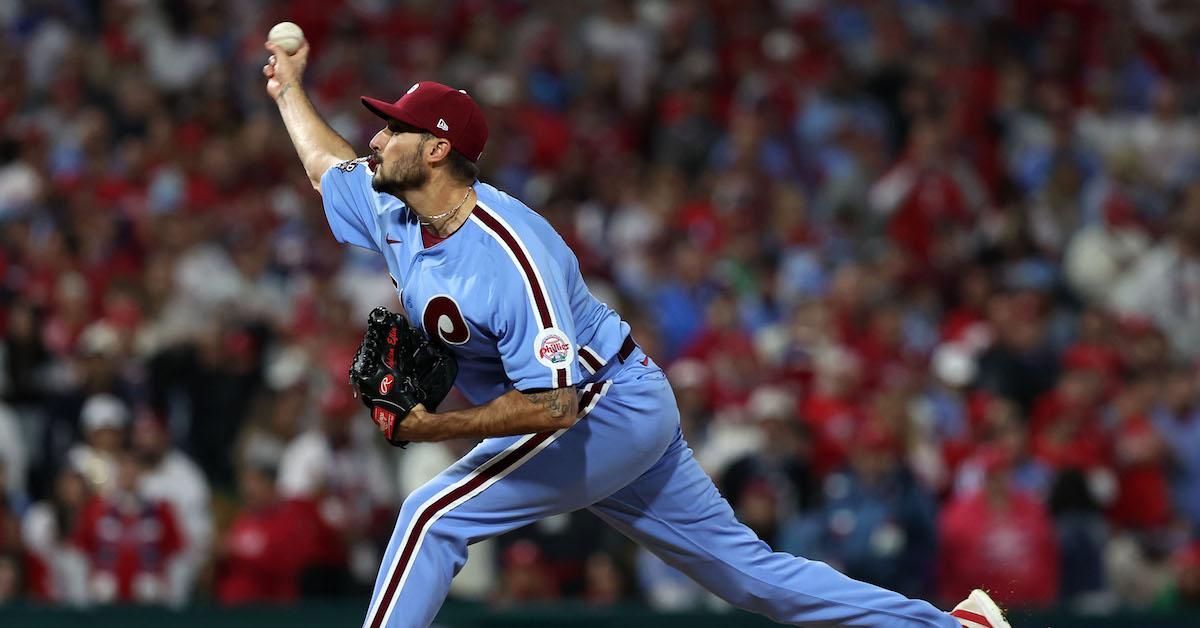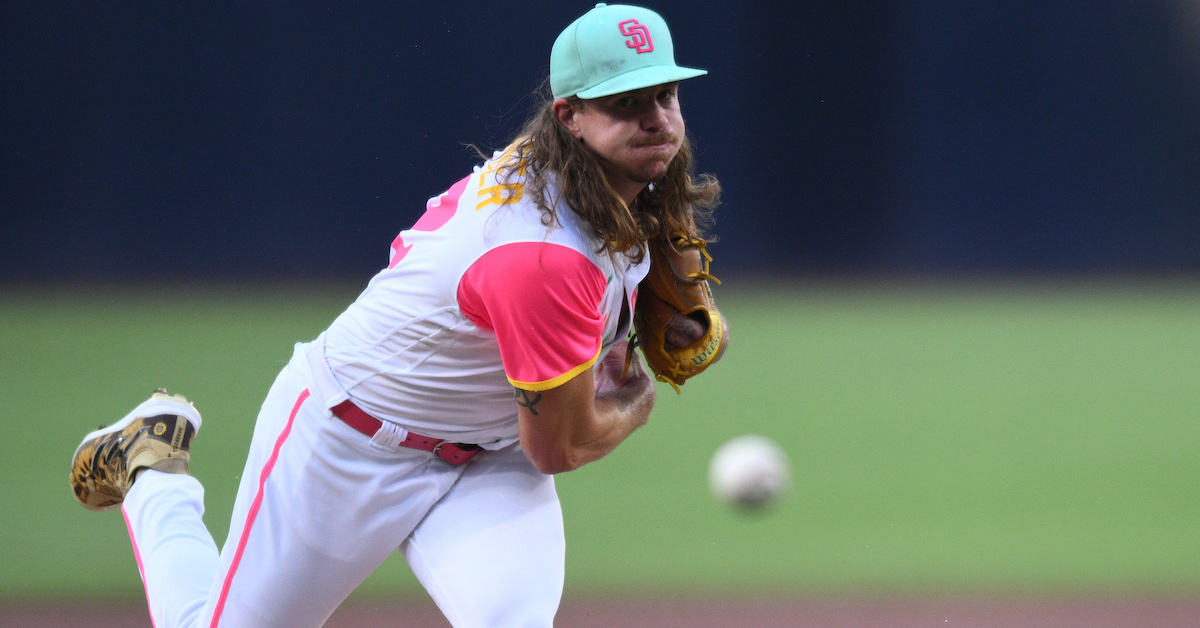Mets Lose Jacob deGrom, Sign Next-Best Thing: Justin Verlander

Just three days ago, there was gnashing of teeth and rending of garments in the blue-and-orange tinted sectors of the New York metropolitan area. Jacob deGrom, light of the world, oppressor of batters, had taken the money and run to Texas. This was a black eye for the conspicuously moneyed regime of hedge fund billionaire Steve Cohen, who’d promised to do for the Mets what Gulf state sovereign wealth funds are doing for European soccer teams. Instead, he’d been outbid for the best pitcher in baseball, a homegrown superstar the likes of which the Mets hadn’t produced since… is it sacrilegious to say Tom Seaver?
Fear not, because the Mets have secured a hell of a fallback option. On Sunday night, former Met Carlos Baerga announced on Instagram — because sure, why not? “Carlos Baerga’s Instagram” is my favorite Bo Burnham song — that Justin Verlander was signing with the Mets for two years and $86.8 million, with a mutual option for a third year. On Monday morning, ESPN’s leading scoop man, Jeff Passan, reported substantially similar news: Verlander to New York for two years and $86 million, with a vesting option for 2025.
Depending on how you feel about Carlos Rodón, there are either two or three legitimate difference-making no. 1 starters in this year’s free-agent class. (And even a Rodón superfan such as myself will acknowledge that deGrom and Verlander are a step above.) The Mets lost one but gained another. Read the rest of this entry »









